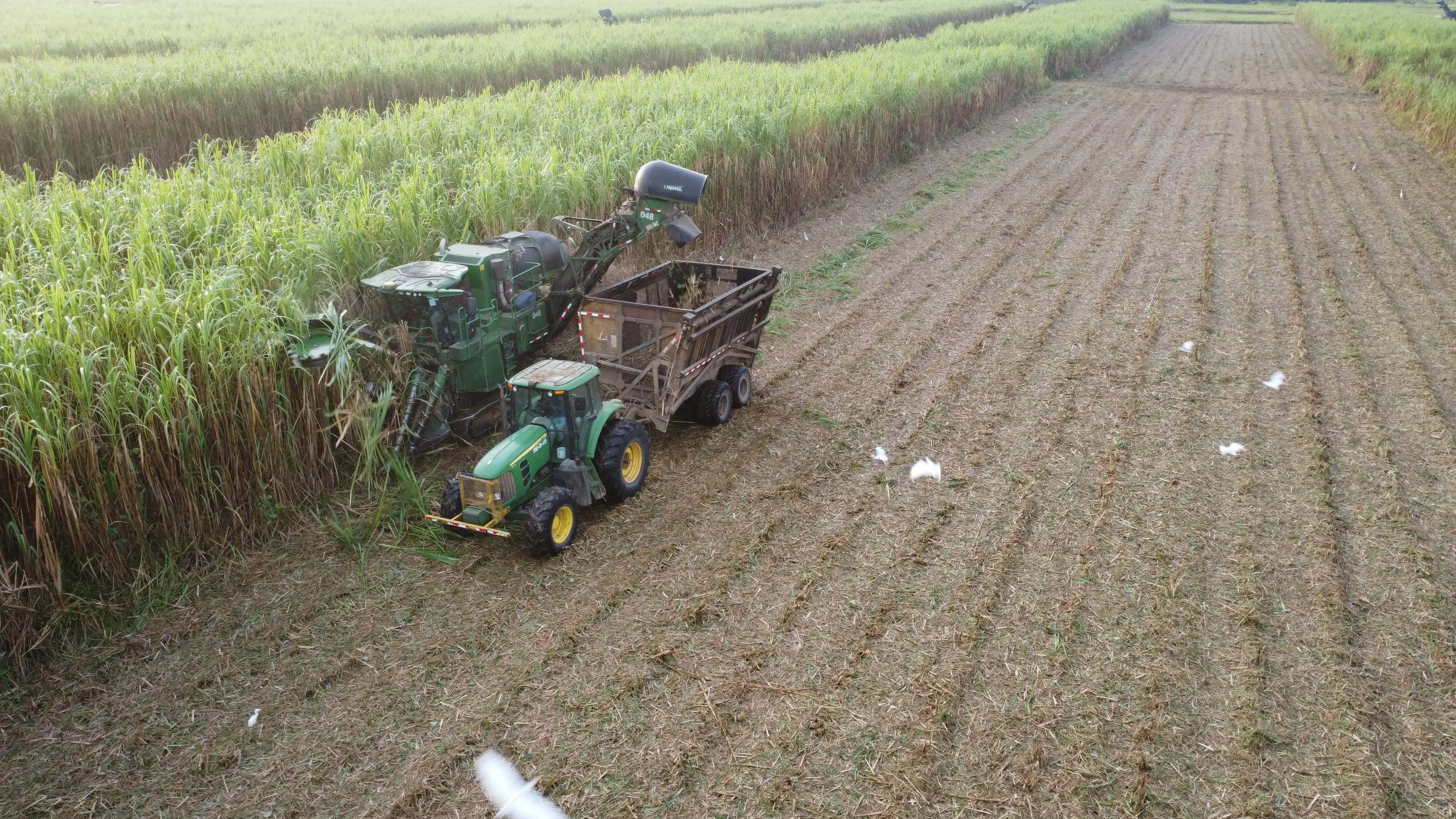How Jord advances the SDGs in the Dominican Republic
Jord turns grasses into clean biofuel—advancing energy access, rural jobs, climate action, and land restoration in the Dominican Republic.

How Jord advances the SDGs in the Dominican Republic
Jord develops bioenergy projects that start in the soil and ripple outward to people, economies, and climate resilience.
As a biomass company, we convert fast-growing C4 grasses into clean, reliable biofuel and long-term carbon storage. It’s about how one value chain can touch several UN Sustainable Development Goals (SDGs) at once, spurring decent work in rural communities, expanding clean energy access for industry, restoring land, and locking carbon back into the ground. This article outlines how Jord’s model contributes to four SDGs in the Dominican Republic, a country balancing ambitious renewable energy targets with persistent rural challenges.
SDG 7: Affordable and clean energy

Jord produces 100% sustainable biofuel from grass. Each 1,000 hectares produces ~36,000 tons of biofuel replacing fossil fuels such as coal and diesel in industrial heat and power. Cultivation on marginal or under-utilized land, managed with regenerative practices, ensures dependable and scalable, scalable supply.
Why this matters in the Dominican Republic
In the Dominican Republic, renewable energy already accounts for ~ 25% of electricity, with a national goal of 30% by 2030 (IEA, 2024). Yet fossil fuels still dominate the energy mix, exposing the country to global price volatility and supply disruptions.
Jord contributes by producing local biofuel that replaces imports, shortens supply chains, improves affordability and resilience, and advances national energy and climate goals.
SDG 8: Decent work and economic growth

Transitioning from fossil fuels to grass biofuel does not displace workers but instead creates employment across farming, logistics, and industrial operations.
Why rural? Because that’s where gaps are widest
While the Dominican Republic experienced strong macroeconomic growth, rural areas remain vulnerable, with high poverty and informality. In 2013, 56% of rural families lived in poverty and wages have stagnated despite near-doubling GDP per capita since 2000 (OECD, 2022; World Bank, 2020).
Jord builds local value chains that create quality jobs with formal contracts, safety standards, and career progression, while circulating capital within the region.
SDG 13: Climate action
Well-managed perennial grasses store carbon in roots and soils. Jord’s model stores ~11,000 tons of CO₂ per 1,000 hectares, while also avoiding fossil fuel emissions.
Why this matters in the Dominican Republic
The country is highly vulnerable to hurricanes and droughts, which reduce yields and drive migration (FAO, 2023). Bioenergy projects that stabilize incomes and improve land function provide both economic and climate resilience.
SDG 15: Life on land
Jord restores degraded and marginal land with regenerative practices, planting grasses with minimal tillage and continuous cover.
Restoration is a long-term process; full ecological benefits emerge over a 10-year cycle.
By 2026, we aim for 3,000 hectares restored, expanding by 1,000 annually thereafter. Each hectare contributes to soil recovery, carbon sequestration, and biodiversity.
Why land health equals community health.
More than 17% of Dominican land shows productivity stress (UNCCD, 2022). Degradation reduces yields, heightens climate risk, and limits opportunity. Jord’s long-term restoration helps reverse these trends.
Measured outcomes
- Clean energy produced: ~36,000 tons biofuel per 1,000 ha
- Carbon stored: ~11,000 tons CO₂ stored per 1,000 ha
- Land restored: 3,000 ha in the process to be restored by 2026
- Employment: Net job creation in rural zones, with no layoffs from fuel switching
- Inclusion: Inclusion programs for women and youth in admin and technical roles
Why this story matters now
With only 17% of SDG targets on track for 2030 (UN, 2024), bioenergy must deliver more than clean energy: it must also regenerate land, strengthen communities, and advance equity.
Jord’s model demonstrates how bioenergy can meet these demands; linking rural families, industrial clients, and restored soils into one interconnected system of change.
References
- FAO (2023). Investments in Young People Curb Rural Migration in the Dominican Republic. [Online] Available at: https://www.fao.org/newsroom/story/Investments-in-young-people-curb-rural-migration-in-the-Dominican-Republic/en [Accessed 22 Sep. 2025].
- IEA (2024). Dominican Republic – Country Overview. [Online] International Energy Agency. Available at: https://www.iea.org/countries/dominican-republic [Accessed 22 Sep. 2025].
- OECD (2022). Multi-dimensional Review of the Dominican Republic: Volume 1 – Initial Assessment. OECD Development Pathways, OECD Publishing, Paris. Available at: https://www.oecd.org/en/publications/2022/12/multi-dimensional-review-of-the-dominican-republic_eef3788b.html [Accessed 22 Sep. 2025].
- UNCCD (2022). National Report on the Implementation of the UNCCD – Dominican Republic. United Nations Convention to Combat Desertification. Available at: https://www.unccd.int/sites/default/files/national-reports/2022/DOM/UNCCD%20National%20Report%202022%20DOM.pdf [Accessed 22 Sep. 2025].
- World Bank (2020). Dominican Republic Jobs Diagnostic: Leveraging the Demographic Dividend. World Bank Group. Available at: https://mapa.do.undp.org/files/publications/Dominican%20Republic%20Jobs%20Diagnostic.pdf [Accessed 22 Sep. 2025].




